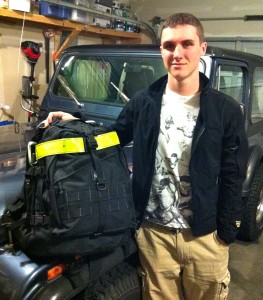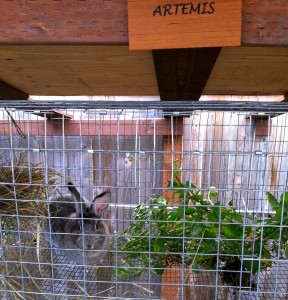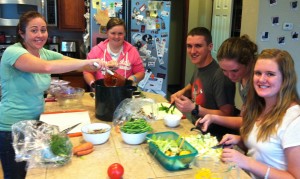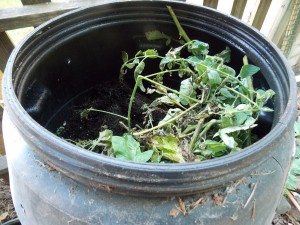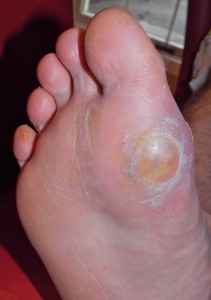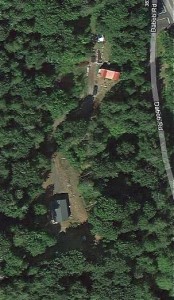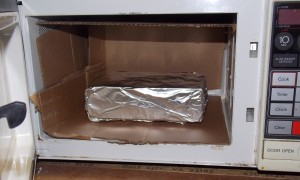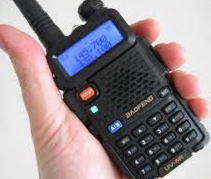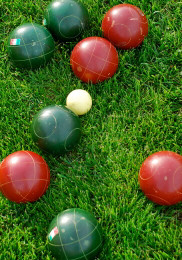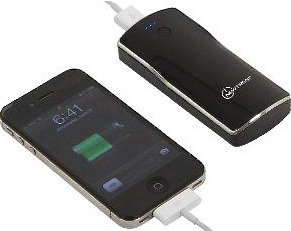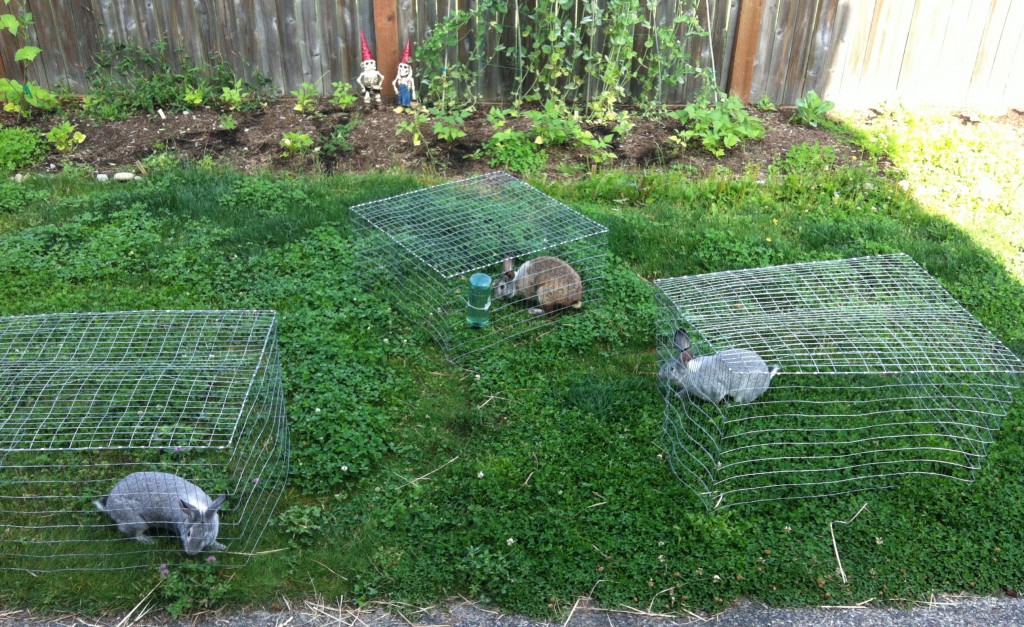As winter arrives again we took the time to get the cars winterized: checking wiper fluids, anti-freeze levels, putting the sleeping bags and extra warm clothes back in the car, replacing wipers, and ensuring ice scrapers are available. Many times when we discuss the SHTF we think of major disasters or apocalyptic events, but–especially this time of year–it’s useful to consider what would happen if the shit your it YOUR fan (SHYF). It’s far more likely that your car slides off the the road into a ditch and you’re stranded for a few hours (or overnight), than the Yellowstone Volcano erupting and changing the North American landscape as we know it.
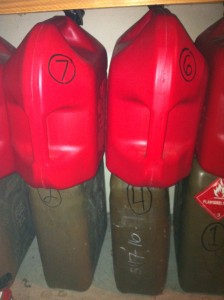 We added a couple of additional 5-gallon cans of gasoline to our stores. After the shortages of gasoline following Hurricane Sandy (or any major power outage event), we decided a little bit more couldn’t hurt. As always, we added Sta-Bil so it will reliably last for a year or longer (for a refresher on storing fuel see my post, The Hassles of Storing Gasoline). I also realized that the fuel in my generator will be a year old in January, and that’s more difficult to rotate. I’ve decided, when it comes time, I will syphon it out into an empty gasoline can and then add it to the car’s fuel tank and then refill the generator with fresh, stabilized gasoline. Speaking of generators and storing fuel, a great resource for additional information is Steve Harris’ (from solar1234.com) interviews on The Survival Podcast: Fuel and Fuel Storage for Preparedness, Generator Show Part 1 – How to Pick a Generator, and the followup Generator Show Part 2 – Powering You House and Natural Gas or Propane Fuel Options. I learned a lot during these interviews, and I was pleased I was doing most things basically right already. I determined that the generator we have–a Generac GP 5000–is fine for now, but when we get our own place I’ll upgrade to a tri-fuel higher quality one, likely a Honda or Yamaha 10k+ watt one. Also I need to look into the PRI-G fuel stabilizer; it’s suppose to stabilize fuel for years and actually improve old fuel, that has began to separate from age, making it usable again.
We added a couple of additional 5-gallon cans of gasoline to our stores. After the shortages of gasoline following Hurricane Sandy (or any major power outage event), we decided a little bit more couldn’t hurt. As always, we added Sta-Bil so it will reliably last for a year or longer (for a refresher on storing fuel see my post, The Hassles of Storing Gasoline). I also realized that the fuel in my generator will be a year old in January, and that’s more difficult to rotate. I’ve decided, when it comes time, I will syphon it out into an empty gasoline can and then add it to the car’s fuel tank and then refill the generator with fresh, stabilized gasoline. Speaking of generators and storing fuel, a great resource for additional information is Steve Harris’ (from solar1234.com) interviews on The Survival Podcast: Fuel and Fuel Storage for Preparedness, Generator Show Part 1 – How to Pick a Generator, and the followup Generator Show Part 2 – Powering You House and Natural Gas or Propane Fuel Options. I learned a lot during these interviews, and I was pleased I was doing most things basically right already. I determined that the generator we have–a Generac GP 5000–is fine for now, but when we get our own place I’ll upgrade to a tri-fuel higher quality one, likely a Honda or Yamaha 10k+ watt one. Also I need to look into the PRI-G fuel stabilizer; it’s suppose to stabilize fuel for years and actually improve old fuel, that has began to separate from age, making it usable again.
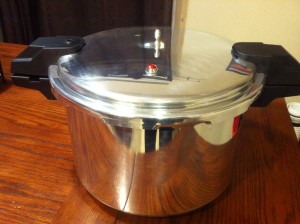 Finally, we recently bought a pressure cooker/canner (one recommended by Homestead Fritz). This weekend we’re cooking up an additional two turkeys with plans to can the meat, in mason jars, using the pressure cooker. We’ve never done this before, heck we’ve never used a pressure cooker before, so it should be interesting and educational. But we really like the advantage of being able to add quality meat to our food storage that doesn’t require a freezer. If this works then we’ll keep and eye on the meat sales and can additional meat as it comes available.
Finally, we recently bought a pressure cooker/canner (one recommended by Homestead Fritz). This weekend we’re cooking up an additional two turkeys with plans to can the meat, in mason jars, using the pressure cooker. We’ve never done this before, heck we’ve never used a pressure cooker before, so it should be interesting and educational. But we really like the advantage of being able to add quality meat to our food storage that doesn’t require a freezer. If this works then we’ll keep and eye on the meat sales and can additional meat as it comes available.
What did you do?

